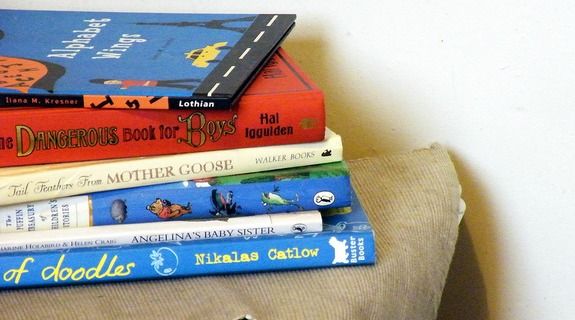Earlier this month, our family reached a new milestone: both of our daughters are now in public school – all day, every day.
It’s a bittersweet transition for us, but it’s been made easier with the fact that they both genuinely love school and are endlessly enthusiastic about learning. As a former public school teacher, I know that raising children who love to learn doesn’t happen by accident.
It is an unfortunate stereotype of the public school parent that we’ve chosen this approach to schooling by default, or because we’re lazy and want to leave the education of our kids to the paid professionals.
The reasons to be in public schools are as diverse as a public school classroom itself, and most public school parents I know want to support our children’s learning in any way we can.
Many families do all we can to nurture learning in the earliest years of a child’s life, as well we should. But when our kids begin spending their days in the classroom, we aren’t off the hook!
Building a home where learning valued is one of the best ways we can equip our children for life after graduation. Here are five ways to support learning at home.
1. Read, read, read
Creating a home with an atmosphere of literacy is the single most important step for supporting learning at all ages and stages of life. This is not just the bias of a Language Arts teacher showing—study after study confirms that homes where there’s a culture of literacy devotion are the homes where academically-successful students come forth.

If your family’s schedule is too full to do the other ideas on this list, then above anything else, to make time for reading. Reading is the springboard for all enrichment possibilities: math, science, social studies, art.
Don’t view reading to your child as the act of getting from the front cover to the last; consider the treasures hidden in those pages that’ll excite your child to learn more.
2. Explore educational approaches
I absolutely loved what I once had one of my (now closed) blog readers said in the comments section:
“We too are a public school family. (Though I often describe us as Waldorf-inspired life learners who supplement with public school.)”
The realm of homeschooling overflows with educational approaches. Just ask anyone who’s recently begun homeschooling, and they’ll confirm the dizzying array of philosophies and curricula from which to choose.
Why should homeschooling families have all the fun? Like Erin, I’ve always been drawn to a Waldorf-inspired approach to life. Even if my children don’t learn at home full-time, we can still choose the aspects of that particular educational approach as a filter through which we emphasis learning.
Take some time to explore different approaches to education. (The Methods and Philosophies page at Simple Homeschool is a great place to begin your research.) Anyone involved in public schools would agree that one of the biggest drawbacks is that teachers can’t teach to the specific learning style of every student in class.
The beauty of a learning-rich home is that parents can supplement their child’s learning in a way that meets their specific educational needs.
3. Provide balance to and supplement the classroom curriculum

Whether your child is in early elementary or nearing the end of high school years, you can—and should—be familiar with what your child is learning in the classroom. And most any teacher would confide that there simply isn’t enough time in the school day to do justice to the learning material.
Ask your child what she’d like to know more about and explore those topics together! A chapter on the formation of mountains might inspire a trip to a natural science museum. A fascinating work of literature might encourage a little digging to discover what popular culture was like at the time that piece was written. A unit on the color red could initiate a neighborhood scavenger hunt for all things red.
Listening and responding to a child’s interests further instills the idea that learning is fun and never limited to a classroom.
4. Collect home learning materials
Home learning materials sounds pretty formal, but it’s not. Homes where learning is emphasized contain tools that encourage education.
Build a home library. Invest in a diverse music collection. Display prints of famous artworks next to framed pieces of your child’s own art. Play board games that encourage critical thinking.
Fill blank spaces with bon mots: good words and clever thoughts that make everyone stop and think.
The number of ways to fill your home with good stuff is limited only by your imagination—you’ll never be disappointed by the returns on these investments.
5. Celebrate learning for the sake of learning

As you might guess, I’m passionate about homes where learning is celebrated. I know first-hand the temptation to think that school is where we learn and home is where we play. The truth is, a playful approach to learning all the time is one of the best ways we can equip our children for lifelong success.
The best way we can instill in our kids the importance of learning for the sake of learning is to model lifelong learning ourselves. As you go about your days at home, model the fulfillment that comes from learning new things.
These are the treasures they’ll take with them long after tassels are turned on mortarboards and graduation gowns are hung in the closet. And more than anything they learn from a textbook, these are the lessons they’ll draw from when the day comes to start families of their own.



